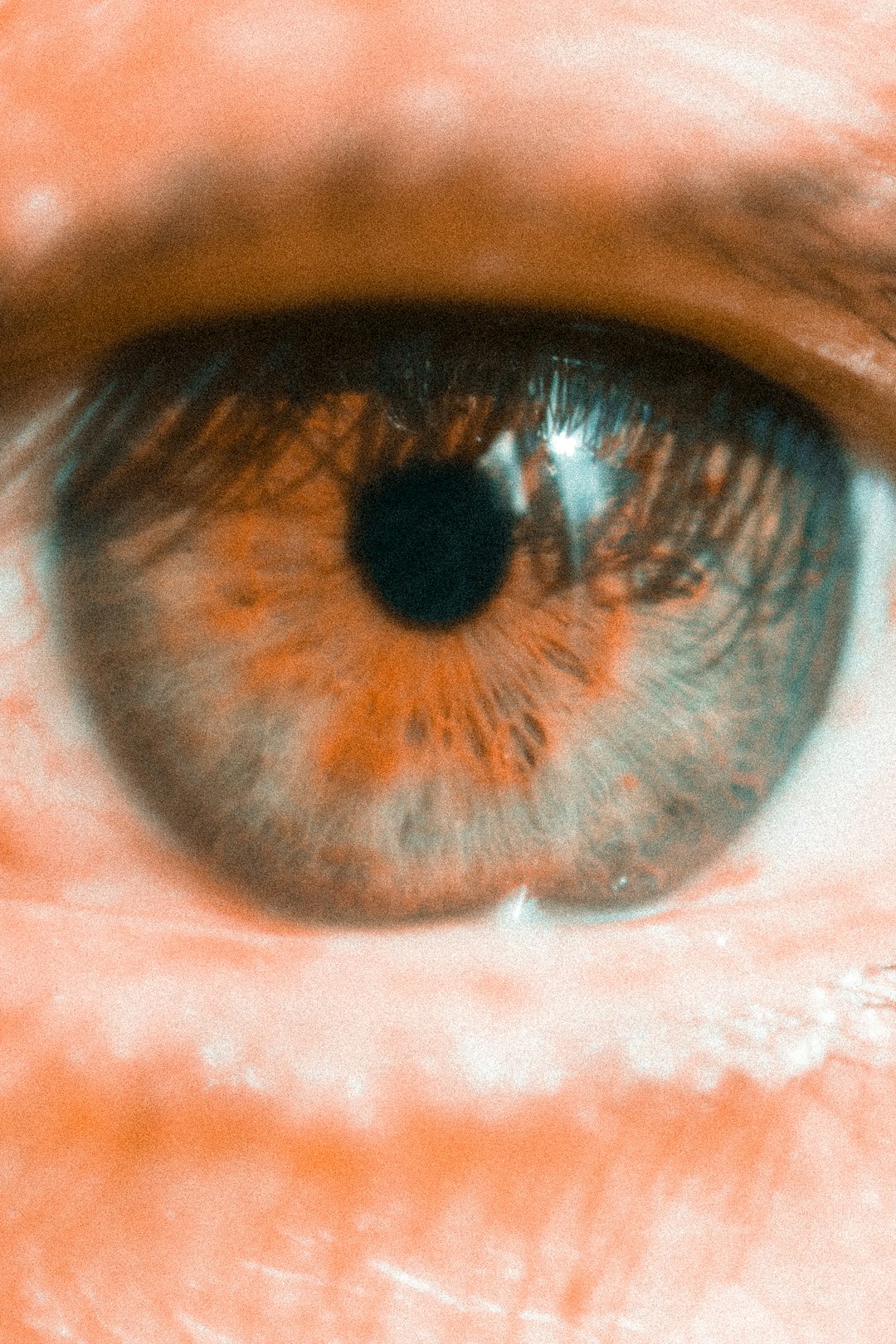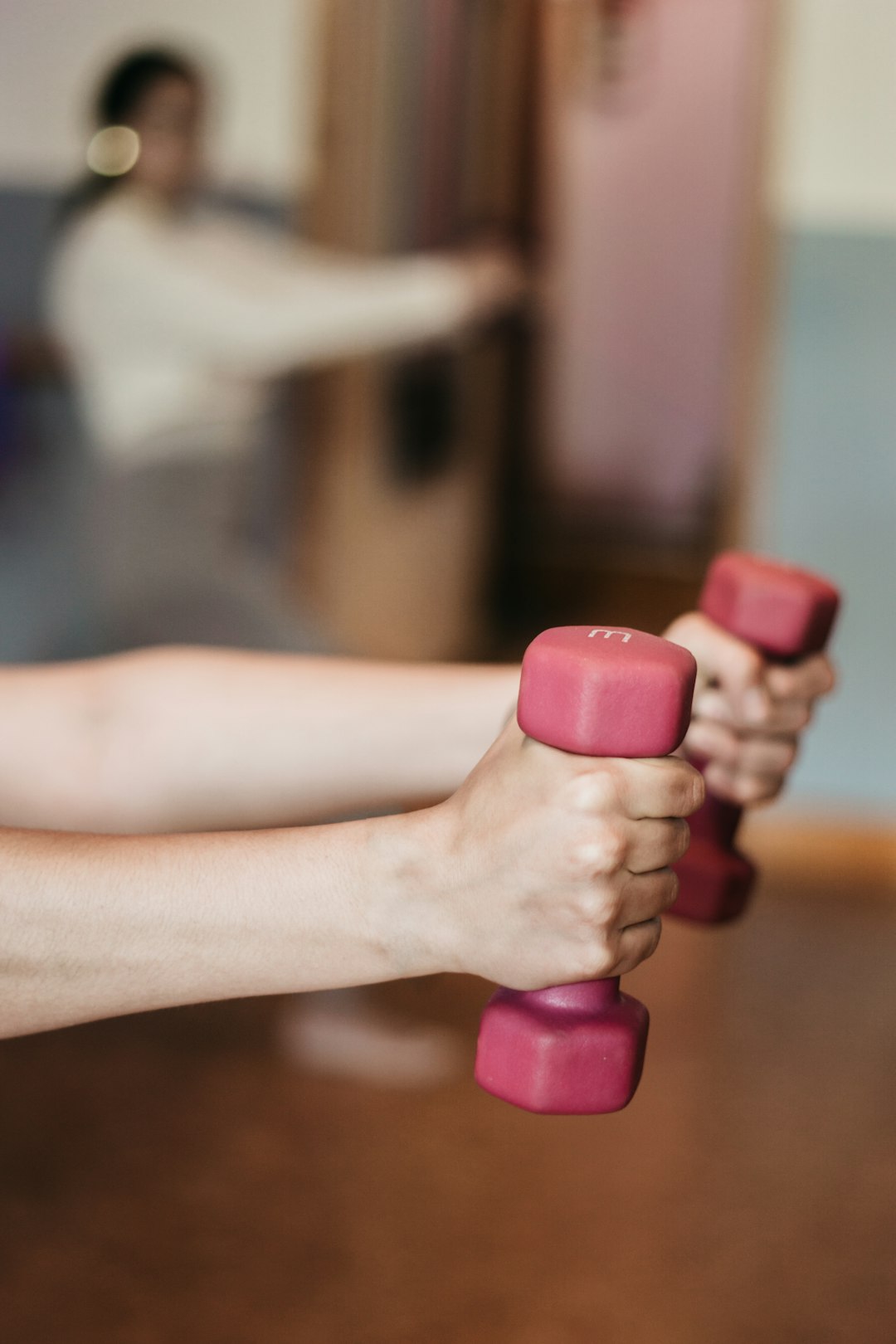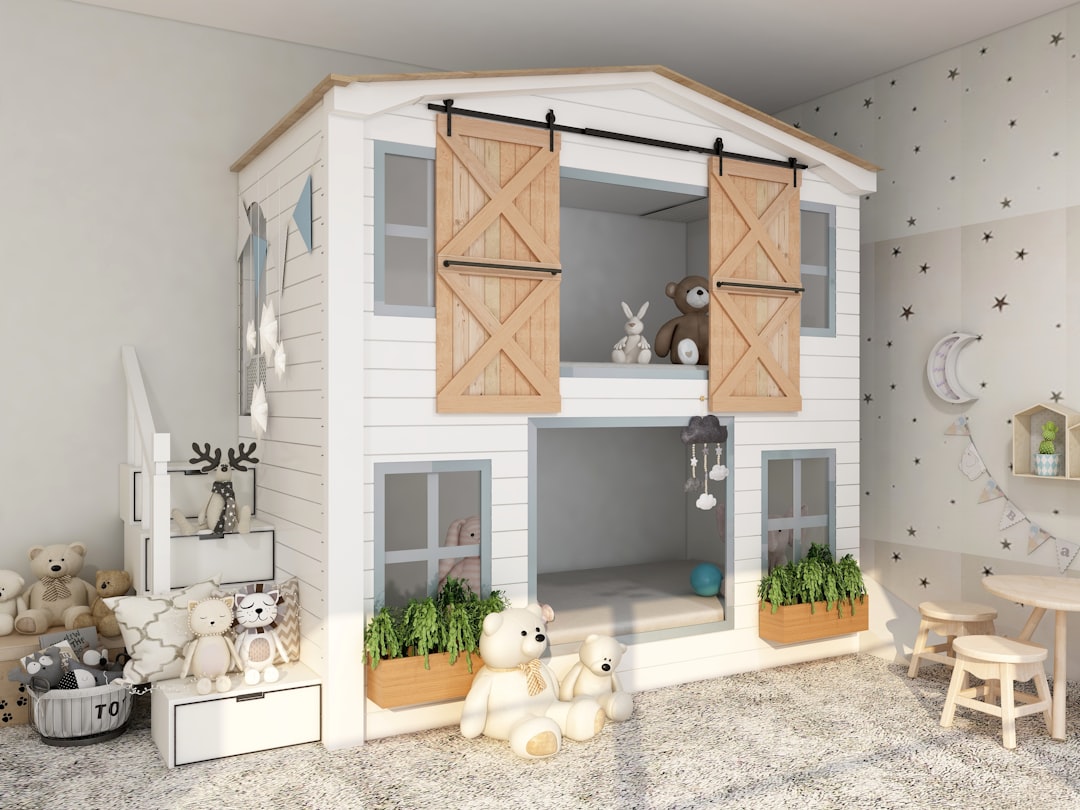When we sit down to TV Video Production, we rarely think about anything else except what is on the screen in front of us. I doubt very many people even have a clue about what goes into TV Video Production let alone think about it while watching their favorite shows.
Producing a TV show from start to finish is more complicated than it sounds. There is more to it than getting a bunch of actors to say some lines while one person captures it on video. For one, there are literally dozens of people working your average TV set. Secondly, most people don’t take things like screenwriting, storyboards, continuity, light, sound and stage directing into account. All of these things have to work together to get to the finished product. But wait, there is even another step after that; if the show is not going to air live, there will be some post-production, or editing, involved to ensure there are no errors and to cut out any unnecessary screen time.
Any television production starts with a script or at least an idea. Once that is polished, looked-over, edited and ready to go, it is practiced by the people who will act it out. The actual production is very complicated with many people working behind the scenes to make everything look right and everything goes without a hitch. The actors will have their places and what they need to do and while they go about their work, there are a number of sound personal and lighting engineers set up in strategic places. The sound person’s job is to make sure the levels are where they should be and that everything that needs to be heard can be heard with interference or background noise. The lighting person’s job is to light up areas of the scene to ensure everything that needs to be seen is visible with minimal shadows and interference from the background.
Once everyone is in place, the stage director instructs everyone what to do and when to it and much of this is done through industry-standard hand signals. If there’s more than one camera set up to catch the action, a person backstage known as a switcher will let the stage director know when he or she will be switching to a different camera so the actors will know. Another main director is also backstage running the whole show and making all the calls.
So as you can see, a lot goes into producing anything for television and this only covers the actual shooting aspect. There may also be makeup artists and costume designers on-site to make everyone look their best.





